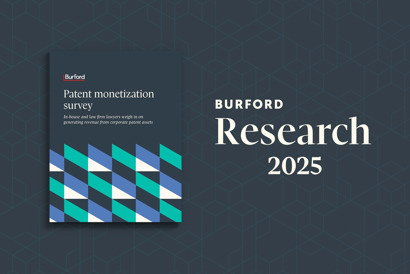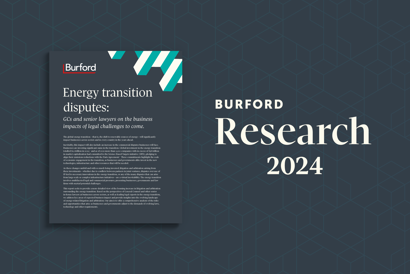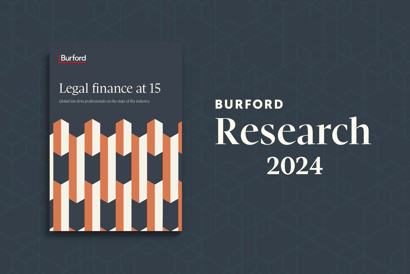Highlights from the research follow. To see how peers are optimizing litigation value, download the 2021 Legal Asset Report above.
***
Affirmative recovery and legal cost management programs are extensive—and can be better
- 73% of financial officers report extremely/very extensive programs to return value to the business through affirmative litigation—but 46% report that these programs need improvement
- Large company financial officers (>$1 billion revenues) are most likely to report that they need improvement
Companies routinely leave money on the table, but need not
- Companies with inadequate affirmative recovery programs are 27% more likely to leave money on the table
- 49% reported they failed to pursue judgments due to cost in 2020, with half of those reporting the amounts at stake to total $20-$100 million
- 75% of large company financial officers reported unenforced judgments worth $20-$100 million in 2020
Finance and legal have an opportunity to collaborate to add more value to the business
- Just 24% of financial officers apply quantitative financial modeling to make decisions about litigation
- 39% say that they choose not to conduct modeling of litigation because litigation variables don’t lend themselves to quantitative analysis—suggesting an opportunity for greater use of legal finance and the expertise it offers in quantifying legal risk
Time is money, and financial officers who account for it can more precisely value litigation assets
- Time is the least likely primary factor to be considered when evaluating the impact of litigation, even though the long duration of commercial disputes is one of the key factors in valuation and modeling
- Financial officers are significantly more likely to base their minimum recovery target on return on investment (ROI) vs. internal rate of return (IRR)
Bringing a commercial mindset to legal will reinforce more commercial behaviors—benefiting legal and the business
- 56% believe legal departments should have commercial targets just like other departments
- 59% believe legal claims are assets because they represent future cash flow
- Stubbornly large percentages don’t think pending litigation is an asset, don’t think commercial targets are possible and don’t even agree that litigation costs can be accurately predicted
- The majority (56%) don’t think that they are able to control timing of cash flows from litigation—suggesting a lack of exposure to tools like legal finance that make this possible
- Those who conduct quantitative analysis of litigation are significantly more likely to say that their companies need to place greater priority on their affirmative recovery programs—suggesting the kind of appetite for improved performance and financial innovation that leading companies value
Industry snapshots
How do finance teams in varying industry sectors compare to their peers?
- 62% of financial officers in the construction industry agree that legal departments should have commercial targets
- 77% of financial officers in the energy industry report extremely/very extensive affirmative recovery programs
- 50% of financial officers in the food and beverage industry agree that pending claims are financeable assets because they represent future value
- 51% of financial officers in the manufacturing industry report making qualitative decisions regarding litigation risk
- 81% of financial officers in the pharma and life sciences industry report exerting a high level of control over setting recovery goals for the legal department
- 67% of financial officers in the retail industry agree that commercial claims are financeable assets because they represent potential future cash flow
- 30% of financial officers in the technology and communications industry leave litigation risk decision-making to the legal department
Complete the form below to download the full report.
of financial officers in the US report having steps in place to improve the legal department’s recovery program.
of financial officers in the UK report using quantitative financial modeling to make litigation decisions—and report less control over decision-making about legal budgets.
of financial officers in Australia report extremely/very extensive affirmative recovery programs.




